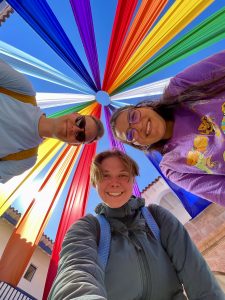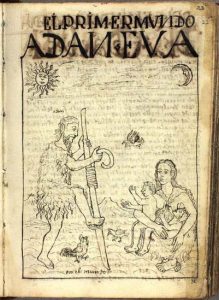¨If the imagined Inkas are imagined as once-living, active individuals, then agency cannot be so easily denied their descendants, even those now called campesinos¨ (Dean 216) in Inka Bodies
Dean argues that the presentation of Inti Raymi as increasingly “accurate”, as opposed to catering to the preconceptions of international tourists, advances the fight for campesino agency as the Inca reality cannot be denied. The campesino is identified as the modern-day remainder of the Inca and we perceive Peruvian Indigeneity much more through them than mestizo Cusqueños or Limeños. The Inti Raymi festival is a route to large-scale representation. This, a representation which many campesinos do not have the resources or privileges to maintain in an outward-facing event of this scale.
The festival itself is entirely designed to be a spectacle. It is a construction designed to be perceived by a curated audience. This could be Peruvian nationals who enjoy it as an annual day of rest and celebration, or wealthy (relatively) foreign tourists like ourselves who travel specifically for the ceremony and shell out the 461soles to sit on the bleachers. Many of the viewers on the hillside had to arrive early to secure a spot in the ruins, as opposed to the bleachers attendants who could arrive and leave at any time while maintaining their assigned seat. Although this creates a separation in both space and time, the ceremony as the focal point creates a unity between the groups. Everyone ingests the same representation, although from different perspectives.
In comparison, the experience we took part in at the Amaru community is predicated completely on selling the you are peeking into a non-outward facing representation of Indigeneity. The motivation for our group to attend is that we would get a “real” look into indigenous life of a campesino community. This seems self-contradictory as taking a guided van trip to an organized field day is inherently an outward-expression. Dean argues in the quote above that this experience is dependent on the one we had with Inti Raymi. So which is the more real representation and can they be extricated from each other? I think the agency which derives from the promotion of Indigeneity through Inti Raymi allows for the agency of campesino communities to curate an experience to be outward facing. The large-scale commodification (for all its pros and cons) of the Peruvian indigenous story creates the space for small-scale commodification of the campesino experience. So are we getting a “real look” into Amaru? Maybe or maybe not. But what we are getting is the opportunity to understand a life experience different than our own as foreign visitors.

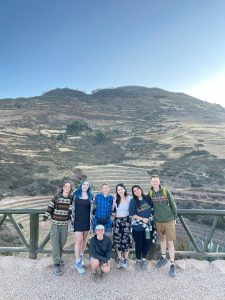
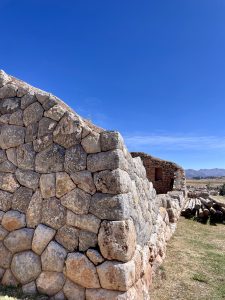
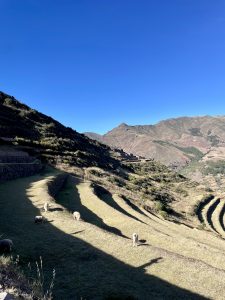 The last few days in Pisac I’ve had the opportunity to visit a few different Incan ruins in both Pisac itself and in the surrounding towns. Each time we’ve visited I’m struck by the same awe but also an odd sense of confusion or “inquietud” which is a word I seem to only know in Spanish and I’m not bothered to find out in English because it suits me so well as it is.
The last few days in Pisac I’ve had the opportunity to visit a few different Incan ruins in both Pisac itself and in the surrounding towns. Each time we’ve visited I’m struck by the same awe but also an odd sense of confusion or “inquietud” which is a word I seem to only know in Spanish and I’m not bothered to find out in English because it suits me so well as it is.
 (This is gonna be a bilingual post !)
(This is gonna be a bilingual post !)